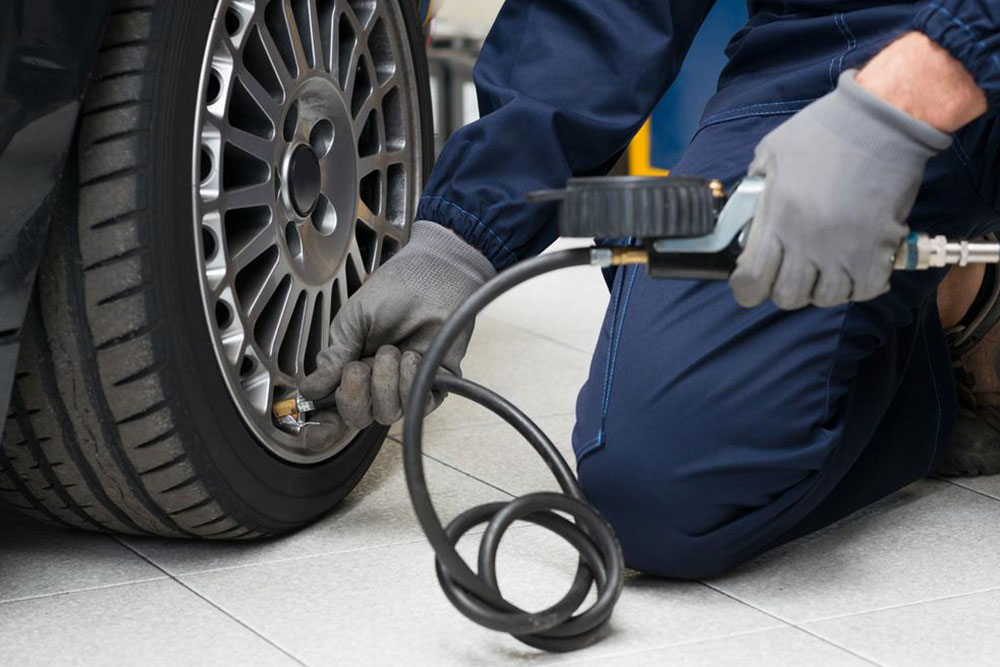All that you need to know about tire maintenance
Your vehicle tires directly contribute to your vehicle’s performance. Checking tire pressure, rotating your tires, balancing your tires, and choosing the right set of replacement tires based on safety and handling will all contribute to consistent performance.
Ensure to follow these tips to help you stay on top of tire maintenance:
Tire Pressure
Having properly inflated tires protect against the tire damage and reduces the possibility that the vehicle will spin out of control.

Tire Rotation
Follow proper tire rotation schedules. Recommended rotation patterns for your vehicle can be found in your owner’s manual. Routine tire rotations equalize and enhance front-to-rear and side-to-side tire wear. Front tires carry more of the car’s weight and tend to wear out at about twice the rate of rear tires, so rotating the tires can extend their life. Car manufacturers differ in their recommendations, but most manufacturers advise tires should be rotated every 4000 – 6000 miles. The four common kinds of tire rotation are cross rotation, straight rotation, five tire rotation and 4 wheel drive.
Balance and Alignment
Balancing and wheel alignment is the process of properly aligning the wheels and axles. It ensures that your car handles at its optimum level, increasing safety as well as protecting tires against premature wear and saving fuel. Wheel balancing balances the wheel and tires. It protects the bearings and suspension, prevents premature tire wear. Out of balance wheels, and the vibration they cause, is typically most noticeable when driving at high speeds.
Changing Tires
When the time comes to change your tires – install them in sets or pairs. The addition of one new tire to the rotation cycle can cause instability and create vehicle handling issues. When new tires are needed, two new tires should be installed on the rear of a vehicle, and the partially worn tires should be moved to the front of the vehicle.
Above all, ensure to keep a spare tire and make sure its properly inflated and ready to use. You will never know when you’re going to need it. Drive safe and ensure to maintain those tires right!















